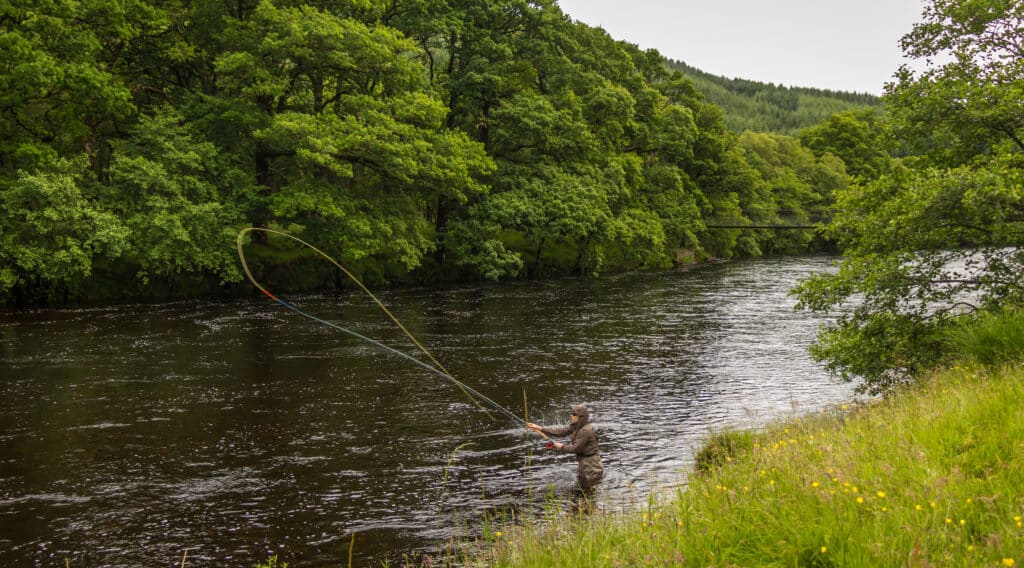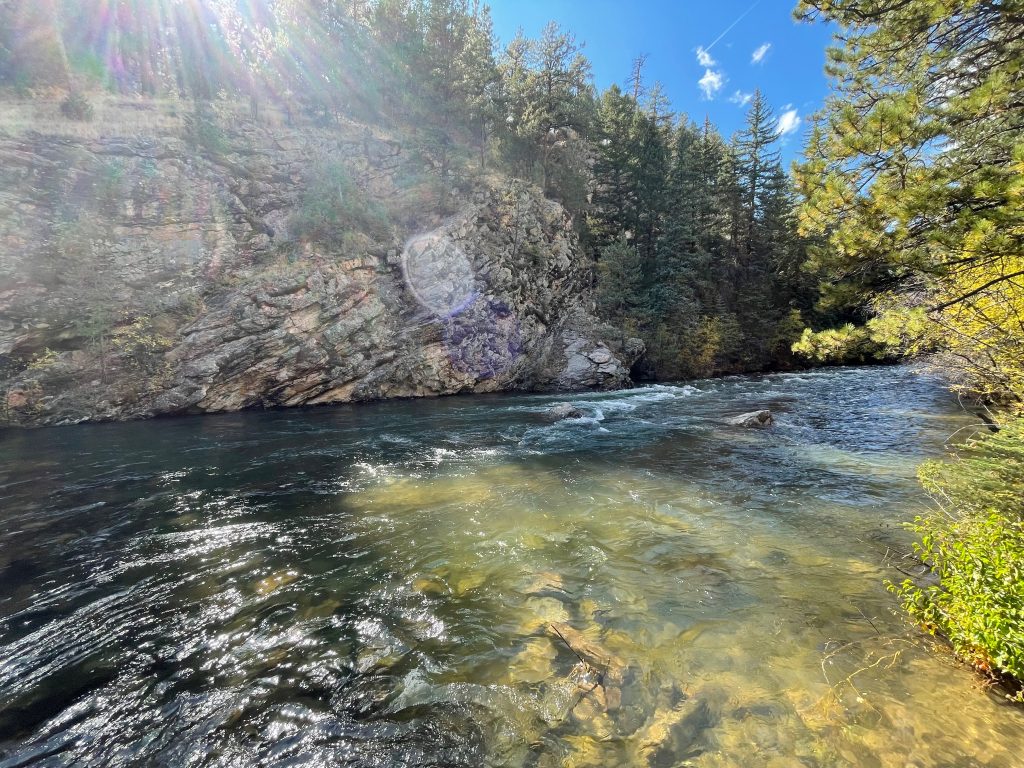RareWaters provides you with the opportunity for solitude, unmolested by crowded parking lots, overflowing boat ramps and angling competition. When you book a trip, you want to make the most of the opportunity and maximize your success. Sometimes you run into muddy water, but when the water is clear, and the conditions are ideal, the skill of “reading water” is essential. Here is a basic guide to getting you started on the journey to develop your ability to read water.
How to Read Water
The decisions an angler needs to make begin as soon as they park their car. Reading water will steer anglers toward the correct starting point for your desired style of fishing or to take advantage of a current hatch. If it is a specific style of fly fishing you desire, searching out the correct water for that approach is critical to success. After taking a moment to observe the insect life and selecting a fly to reflect it, you want to make sure you’re targeting the right water to match.
Deep, long runs at the bottom of fast water is where you want to swing small, wet flies. These areas usually have room to cast farther distances and allow the angler to practice their craft. Trout spey is a growing niche in fly fishing and attracting new anglers all the time.

Euro-nymphing anglers are looking for shallow, faster water where actively feeding fish congregate. Ticking a heavy nymph along the river bottom is easier achieved in broad, fast runs rather than in bouldered, pocket water. With the assistance of lengthy rods, anglers can intricately pick apart a run without missing a fish.
Reading Water for Dry Flies
Dry fly anglers will want to find the sections of the river where fish are rising in broad, open, flat water, along foam lines, or spread out amongst rocky pockets. Most dry fly anglers will only cast to rising fish. However, a good drift made in ideal habitat will make trout rise. Just because you don’t see fish on the surface doesn’t mean putting away your dry flies. Make them rise by putting the right fly on the right kind of water.
Fish will move into specific parts of a river during the year for various reasons. Spawning and food availability can force trout to move a considerable distance. In the Spring, trout will move into shallow riffle water to feed on small, emerging mayfly nymphs. Overcast days provide the ultimate conditions for flies like Blue Wing Olives to emerge. The ability to read water helps anglers decipher correctly.

Reading the Surrounding Habitat
It’s also important to read the habitat conditions surrounding the water you’re reading. Overhanging vegetation such as trees, willows, or tall grasses creates a situation where anglers should throw caddis dry flies in the summertime and grasshoppers in the autumn. Cutbanks form where constant water erodes rock, dirt, and debris. Large profile dry flies fished along cutbanks tease trout into eating.
Big brown trout are notorious for claiming cutbank areas and defending them against other trout intruders. Streamers will draw the biggest fish from their safe havens. Whether from aggression or from guarding an area against the competition, brown trout will put an intimidating smack on any streamer fly that enters their domain. Connecting the dots between the surrounding habitat, the way the water interacts with it, and how fish behave in each particular combination is a skill all fly anglers ought to develop.
Streamer Fishing - The Easiest Read
If this all feels a little overwhelming, don’t fret. You can begin developing your skills with flies that work in just about any water – Streamers. They are great searching patterns. Streamer fishing keeps an angler active and moving whether from a boat or wading. And steamers tend to bring a larger class of fish to the game. Some days are for dry flies, other days are for meat.
Experiment and enjoy as you try your hand at reading the water. Take a few minutes to read the water for insect and fish activity. Walk around and orient yourself to the RareWaters property that you booked and soak it all in. After all, no one is going to beat you to the water.







